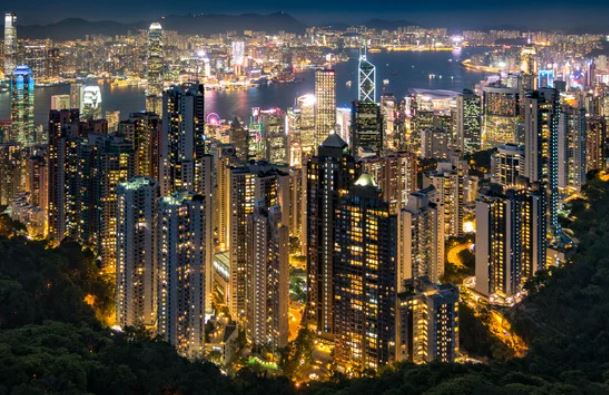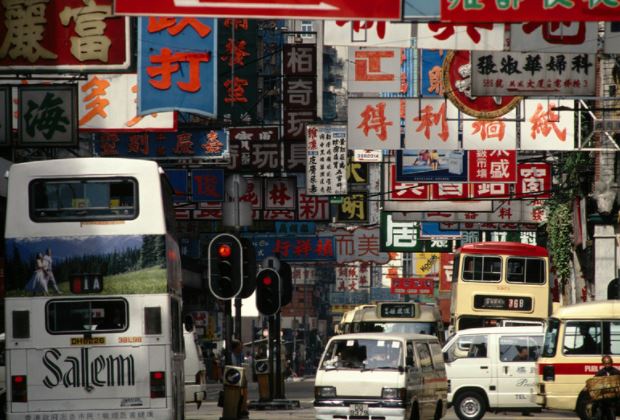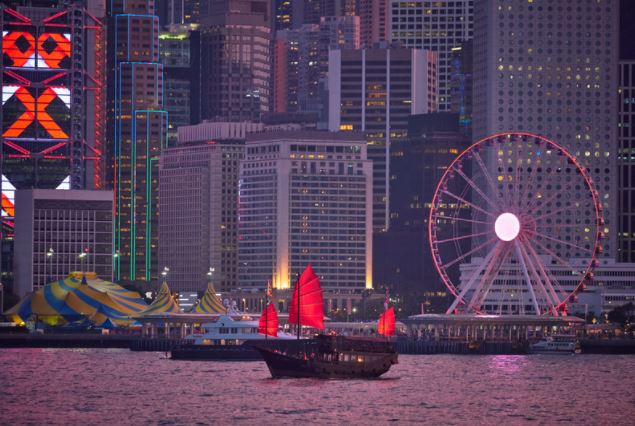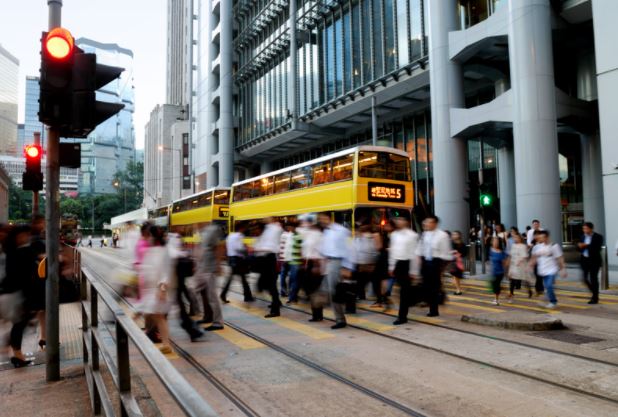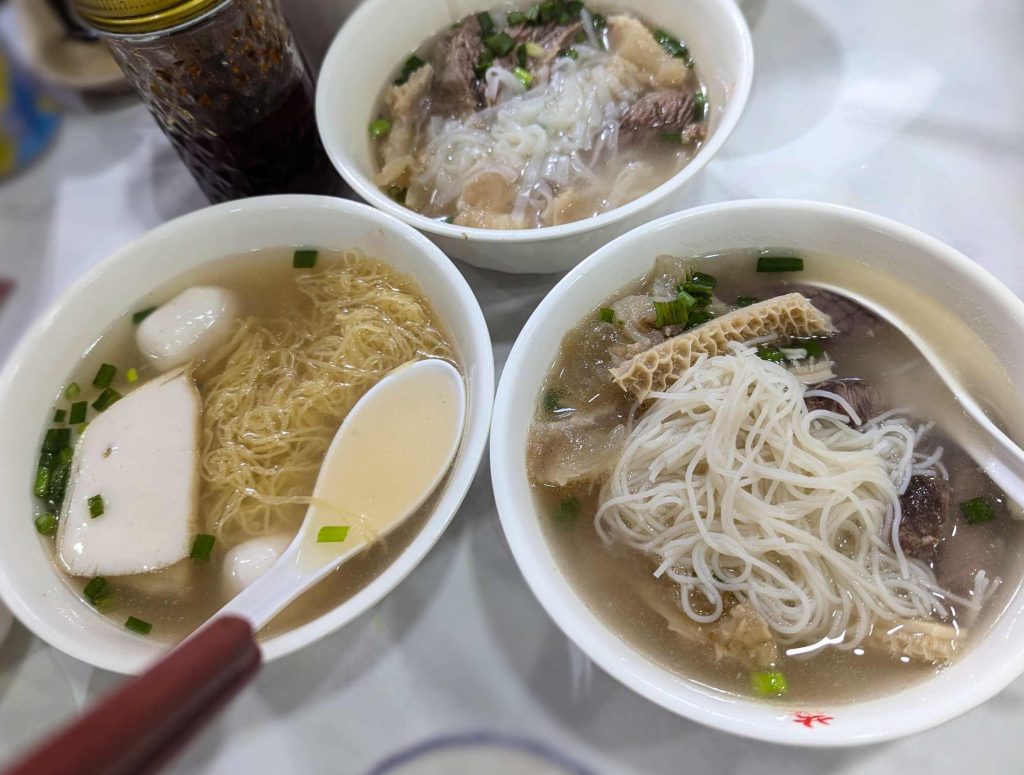
A Description of life in Hong Kong
Concrete jungle. Food haven. Hiker’s wonderland. There is no shortage of seemingly contrasting phrases available to portray Hong Kong’s attraction. It simply is a city of varied talents. How often do you find a university perched on the undulating side of a hill? The students of Chinese University of Hong Kong enjoy this natural pleasure, entailing them an unobstructed view of Victoria Harbour and the panorama of mountains nearby. Yet a short walk and ride on the Mass Transit Railway pulls up another curtain to reveal myriads of sky-scraping buildings in the downtown area. Wait, wasn’t it just moments ago that these were mountains?
Draw a flipbook and you’ll be amazed at every page of Hong Kong’s story. Economically catered to the thriving demand of its 7.34 million citizens, commerce is rampant in a city where real estate is scarce and worth an exorbitant amount of money. From penetrating the far-flung residential area of Yuen Long to the expatriate popular island of Discovery Bay, the forces of demand and supply cater, very conveniently, to all areas of human interests. Want late night “siu ye“? No problem, let’s just walk across the street and eat some skewers. Want to go to the beach? Bring your omnipotent Octopus card and sunscreen! Want to scratch that shopping itch? Hmm, well there’s a shopping mall here, and there, and um, just about anywhere.
A conversation with any local will yield a speed of reply and acumen for negotiation honed to survive in a city powered by frenetic activity. Whether it be buying groceries, quickening your pace to make the flashing traffic lights or bargaining with a calculator-wielding electronics shop owner, efficiency is an essential cog in the wheel of Hong Kong’s modern social and economic development. Its glittering Victoria Harbour skyline didn’t rise from complacency, but a concerted social psyche to work hard and save. The oft-heard refrain? For the golden nest of an apartment.
With a population density congested to the extent that living spaces can only be arranged upwards (sometimes in 65 level residential towers), the culinary industry has a lot of mouths to feed. It’s an incredulous picture that traditional ‘dai pai dongs’ (British colonial era street stalls) still spill out onto the modern bohemian streets of Mid-levels, Central whilst the polished grandeur of Grand Hyatt Michelin Star restaurants dazzle in an adjacent road. One moment you are being served delicious wonton soup noodle by a weary, scruffy-looking “sifu” and another, a “bonjourno”-greeting, award-winning Italian chef ladles scampi-ornamented pasta onto your gleaming white plate. Gastronomic.
While the polished white floors of its brand-touting shopping paradises are flag points for Hong Kong’s occasionally undesired reputation for materialism and superficiality, its hilly terrain and many surrounding islands, including peculiarly named ones like Lamma, house special hidden agendas featuring just the opposite of commercialistic guilt – nature’s most beautiful gifts. Lion’s Rock, the symbol of ‘Hongkonger’ pride and resilience, majestically surveys the skyscraper playground below whilst its distant sibling, Tai Mo Mountain, stoically towers over, inviting hikers to attempt its photogenically snow-tipped 957m tip during colder seasons. Whilst on the ground, Lantau Island’s fishing villages are a breathing illustration of history. Walking past modest, wooden accommodations floating on barely-there rafts blaring the noise of radio news, you’d be wondering if you hadn’t stumbled into South-East Asia.
But such is Hong Kong’s fascinating composition, an entrancingly different sight at every turn. And such is the root of my love for the city. What is the word? Eclectic, and I also mean, electric.

Garry Ho
Born in Hong Kong but raised in Australia.
Discover more

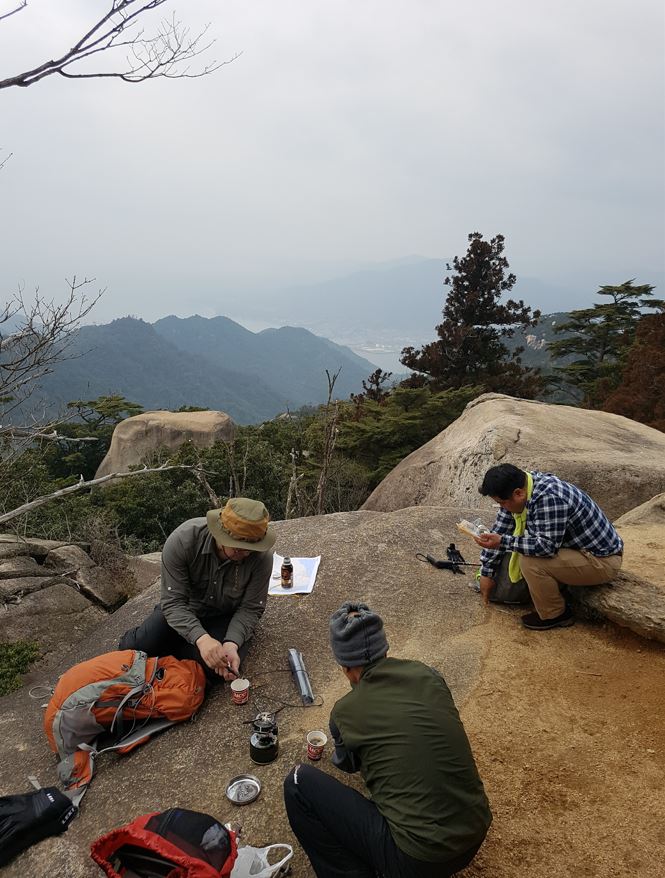

Best cafes in Los Angeles to work and study at
March 29, 2023

Living far from home with Victoria Ng
August 9, 2022
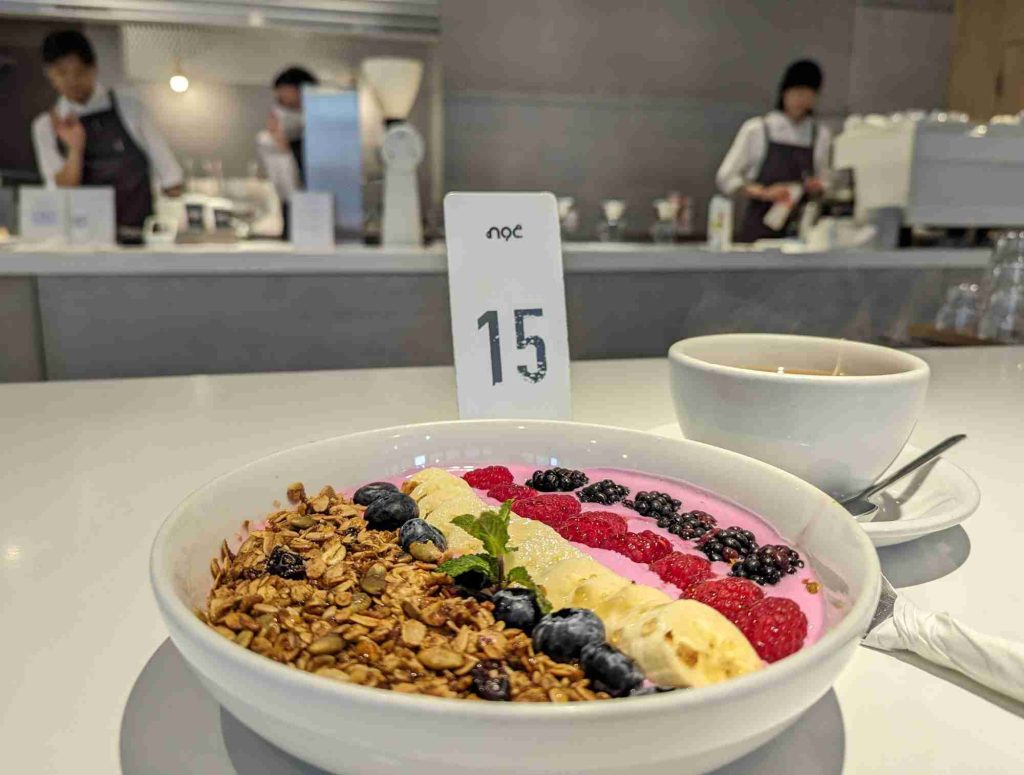
Popular cafes and nightlife in Hong Kong
June 19, 2024
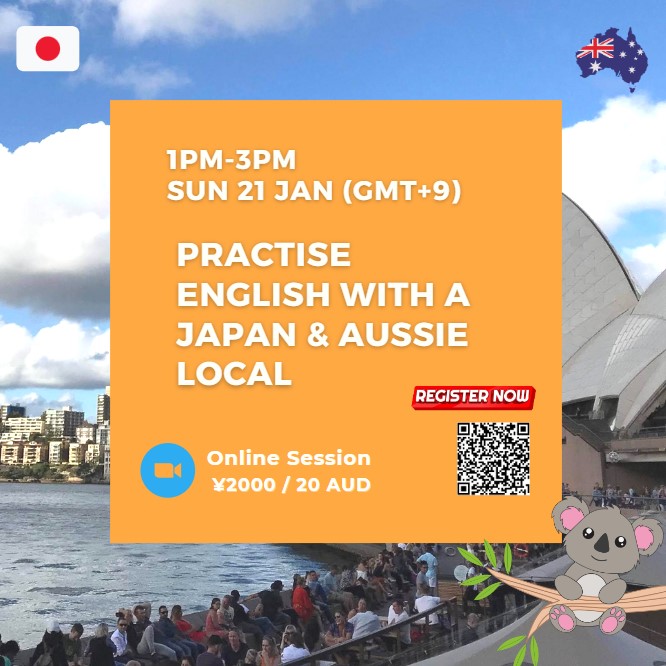
Japan Australia Online Workshop – Debating Skills
January 16, 2024

